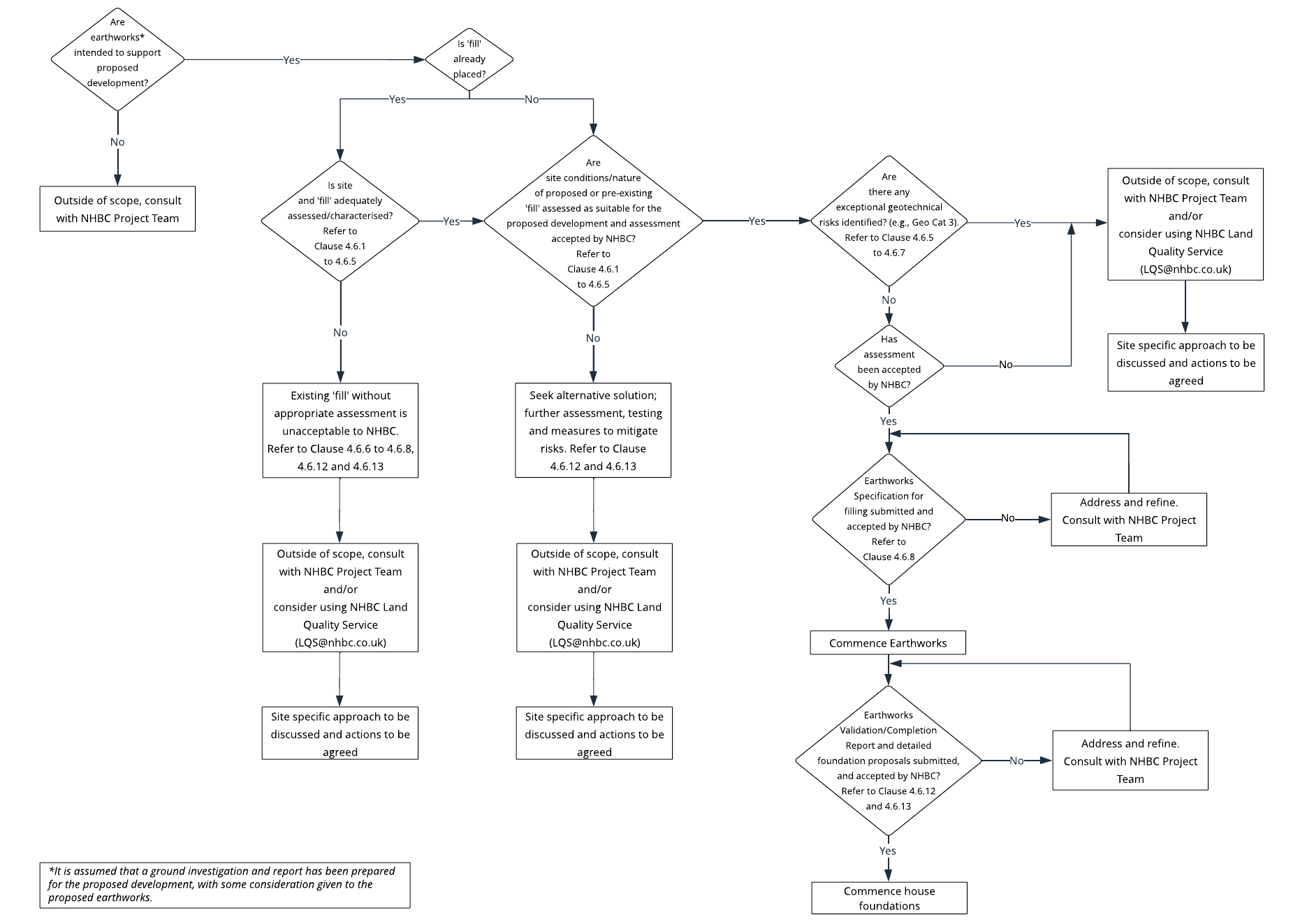NHBC’s commitment to investing in high-quality research, products, and Standards has always been key to supporting the industry in maintaining and improving quality. With around 70,000 plots registered for Buildmark Cover annually on land previously considered Brownfield, NHBC’s commitment to ensuring safe and high-quality developments on these sites cannot be overstated.
In 1999, NHBC became the first UK warranty provider to offer extended warranty provisions for contaminated land. It introduced a new Chapter 4.1 named “Managing Ground Conditions,” which outlines the acceptance requirements for warranty and subsequently published Research & Development Publication 66 to guide safe housing development affected by contamination.
Although a slow start for those unfamiliar with it, the house-building industry got on board, and with scientific advancements, improved government policy, supporting guidance, and help from specialists like AGS members, the understanding of Contaminated Land Assessment has greatly improved. As a result, contamination claims are now rare.
Recently, the quality and reduced input of geotechnical expertise within submissions has been a concerning trend noticed by the NHBC Land Quality Service team, especially for schemes involving earthworks to prepare sites for residential development. Although NHBC sees exceptional work, we are increasingly seeing evidence, reporting, or designs that are limited or show a lack of understanding of geotechnics.
It is unclear why this is happening; it could be due to an early emphasis on addressing environmental concerns. These are routinely and rigorously enforced through planning but, as a consequence, can often distract applicants or the necessary investment away from the geotechnical needs until the planning consents are secured and certainty of development investment can be realised.
Geotechnics within the house-building industry may be considered less innovative or exciting than other sectors, leading to fewer specialists working in this field. However, as the easier-to-win schemes become less common, this couldn’t be further from the truth. Building more homes on marginal or brownfield development is undeniably becoming more frequent. Indeed, NHBC regularly encounters submissions for warranty on challenging and complex sites. These vary from Greenfields that require flood alleviation measures and significant land raising to existing infilled ground such as former quarries or historic landfills, old collieries, and areas with past industrial land use.
Our registered builders and developers must comply with the technical requirements set out in the NHBC Standards. The NHBC Standards define the technical requirements and performance standards detail how these can be met for the design and construction of homes covered by Buildmark. NHBC regularly reviews and updates the Standards.
NHBC introduced a new Standards Chapter, 4.6, this year to deal with the increasing number of sites using engineered fills for low-rise residential structures, external works, and infrastructure or below raft foundations on sites with shrinkable clays and trees instead of deep trench fill foundations.
Although Chapter 4.6 may not provide any new information for experienced geotechnical professionals, it does introduce a new performance standard for house building. It gives guidance essential for meeting the technical requirements to achieve NHBC acceptance. It also re-emphasises the significance of geotechnics and the importance of obtaining quality data to enable a suitable design for and to address foundation quality after earthworks.
From January 1st, 2024, any new earthworks tender required to support building foundations where an NHBC warranty will be requested must comply with the performance requirements of Chapter 4.6. From January 2025, all new foundations on engineered fill will be expected to comply fully with the requirements and guidance of the new chapter.
NHBC Standards 2024 became effective on January 1, 2024. Chapter 4.6 includes 13 main performance clauses and spans across 28 pages. At the beginning of the chapter, a flowchart is provided to help practitioners navigate the document.
The clauses cover various requirements relating to competence, geotechnical investigation, ground models, appropriate laboratory testing, compliance testing, earthworks specifications, verification, and reporting expectations. Moreover, this chapter also includes significant requirements and considerations regarding acceptable foundations and design. The main requirements are that:
- Engineered fills do not settle excessively or have the potential to cause excessive differential settlement between properties founded upon the fill and external areas.
- Engineered fill and the underlying ground supporting building foundations shall limit the total building settlements to less than 25mm and minimise angular distortion or tilt to 1:400.
- The design and detailing of foundations, infrastructure, and external works suit the placed fill and underlying ground conditions, considering the overall ground model and any geohazards beneath or nearby.
The introduction of Table 8 is an exciting addition in the new chapter. It provides information on foundations that may be suitable based on three different scenarios with varying standards of fill.
But a word of caution: Practitioners should only use this table as guidance. They are reminded not to rely upon it to justify a less robust foundation solution if geotechnical risks remain outside the fill and to remember that all foundations must be designed on a site-by-site basis, considering all relevant geotechnical risks.
If buildings are on piled foundations, it is essential not to overlook considerations regarding any differential settlement between the houses and external areas in designing any services.
Practitioners must remember what is covered and what is not covered in Ch4.6. For instance, assessing historic fills is not included in Ch4.6 and would require additional guidance from other sources. Long-term monitoring or loading trials may sometimes be necessary to determine performance.
If you are unsure whether your site is suitable for residential development, NHBC provides a Land Quality Service. This service involves close collaboration with stakeholders, enabling early engagement and supporting those seeking approval of solutions. We ensure that the risks associated with land quality and foundation solutions are appropriate for the entire 60-year design life of the properties.
NHBC Standards 2024 can be easily accessed online for free.
Article provided by Karen Thornton – NHBC Land Quality Service Manager FGS, MCIWEM, MCABE

